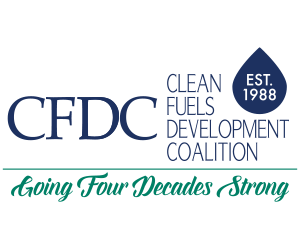By CFDC’s Durante, Letter to the Editor, Newsweek, Response to Liquid Gold
It’s irresponsible to blame water shortages in the Ogallala Aquifer on ethanol production (“Liquid Gold,” Feb. 21, 2008). A number of factors have contributed to water level decreases over the past few years, most significantly the booming livestock industry. A West Texas A&M University study from 2004 cites that increased feed for cattle and a growing hog industry have taken a toll on the underground water reserves. Furthermore, levels have been depleting for years, predating increased ethanol demand, and from varied industries that have made the Ogallala region a destination for operation.
Nearly nine out of ten acres of corn require no water other than natural rainfall, according to the National Corn Growers Association, and in 2006, 87 percent of corn cropland in the U.S. was non-irrigated. New technologies are making it possible to produce ethanol from non-crop sources like waste and tires, further reducing the minimal demands the industry places on water supply.
Water is a precious resource used in a number of industries. However, it’s simply inaccurate and misinformed to lay the blame of decreasing water levels, which have been transpiring for generations, on corn-based ethanol.
~ Douglas A. Durante
Executive Director,
Clean Fuels Development Coalition
Bethesda, Md.
